How to reduce the content of hydrogen, oxygen and nitrogen in steel
Author: SAIVS Date Published: Jan 17,2025
Minimizing Hydrogen, Oxygen, and Nitrogen Content in Steel: A Comprehensive Guide
The production of high-quality steel necessitates stringent control over the levels of impurities, particularly hydrogen ([H]), oxygen ([O]), and nitrogen ([N]).
These elements can significantly impact the mechanical properties and overall performance of the final steel product.
This article outlines key measures to minimize the content of these impurities in steel.
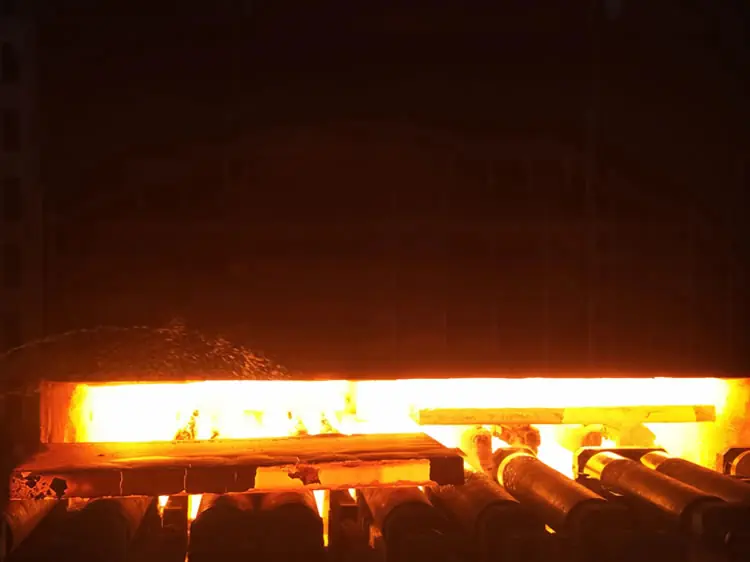
1. Hydrogen ([H])
Vacuum Degassing: This process involves subjecting the molten steel to a vacuum environment, which reduces the partial pressure of hydrogen gas (PH2). This reduction in PH2 lowers the solubility of hydrogen in the steel, effectively decreasing its content.
Minimizing Moisture Sources: A significant portion of hydrogen in molten steel originates from moisture present in raw materials (e.g., iron ore, scrap), refractory materials (e.g., ladle linings), and the atmosphere.
Thoroughly baking ladles, tundishes, ferroalloys, and other materials before use is crucial.
Minimizing the exposure of molten steel to the atmosphere is essential. This can be achieved by avoiding unnecessary re-powering of the steel after vacuum treatment and maintaining appropriate argon pressure to prevent exposure.
2. Nitrogen ([N])
Vacuum Degassing: Similar to hydrogen control, vacuum degassing effectively reduces nitrogen content in molten steel.
Controlling Alloy Content:
Increasing the levels of elements like silicon (Si) and nickel (Ni), which have a lower affinity for nitrogen, can help reduce its absorption.
Conversely, minimizing the levels of elements like manganese (Mn), chromium (Cr), molybdenum (Mo), vanadium (V), and niobium (Nb), which readily absorb nitrogen, is crucial.
3. Oxygen ([O])
Out-of-Furnace Refining: Processes such as ladle furnace refining (LF) and vacuum arc degassing (VAD) significantly reduce the inclusion content in molten steel, including oxides.
Precise Endpoint Control in Electric Furnaces: Accurate control of the carbon content at the end of the electric furnace blowing process minimizes overblowing, thereby reducing the formation of oxides.
Preventing Slag Entrainment: Techniques such as slag flowing before tapping, eccentric bottom tapping, and maintaining sufficient molten steel in the furnace help prevent slag entrainment into the steel.
Deoxidizer Control:
Order of Addition: A sequential addition of deoxidizers is crucial. Typically, a small amount of Fe-Mn is added before tapping, followed by Fe-Si after tapping. Aluminum (Al) is often added in a controlled manner using a wire feeder during out-of-furnace refining.
Mn/Si Ratio: Maintaining an appropriate Mn/Si ratio (typically Mn/Si > 2.5) promotes the formation of MnO-SiO2 inclusions, which are more easily removed.
Aluminum Content: Achieving the optimal aluminum content ([Al] = 0.01-0.02%) minimizes oxygen content while avoiding excessive aluminum levels.
Final Deoxidation: Using Si-Ca for final deoxidation after refining can further enhance deoxidation efficiency.
Slag Control: Controlling slag composition, temperature, and volume is critical for effective inclusion removal. A well-controlled slag phase promotes the dissolution of inclusions.
Stirring Intensity: Appropriate stirring intensity facilitates the removal of inclusions without excessive mixing of steel and slag. Soft argon blowing can be employed before the end of the refining process to enhance inclusion removal.
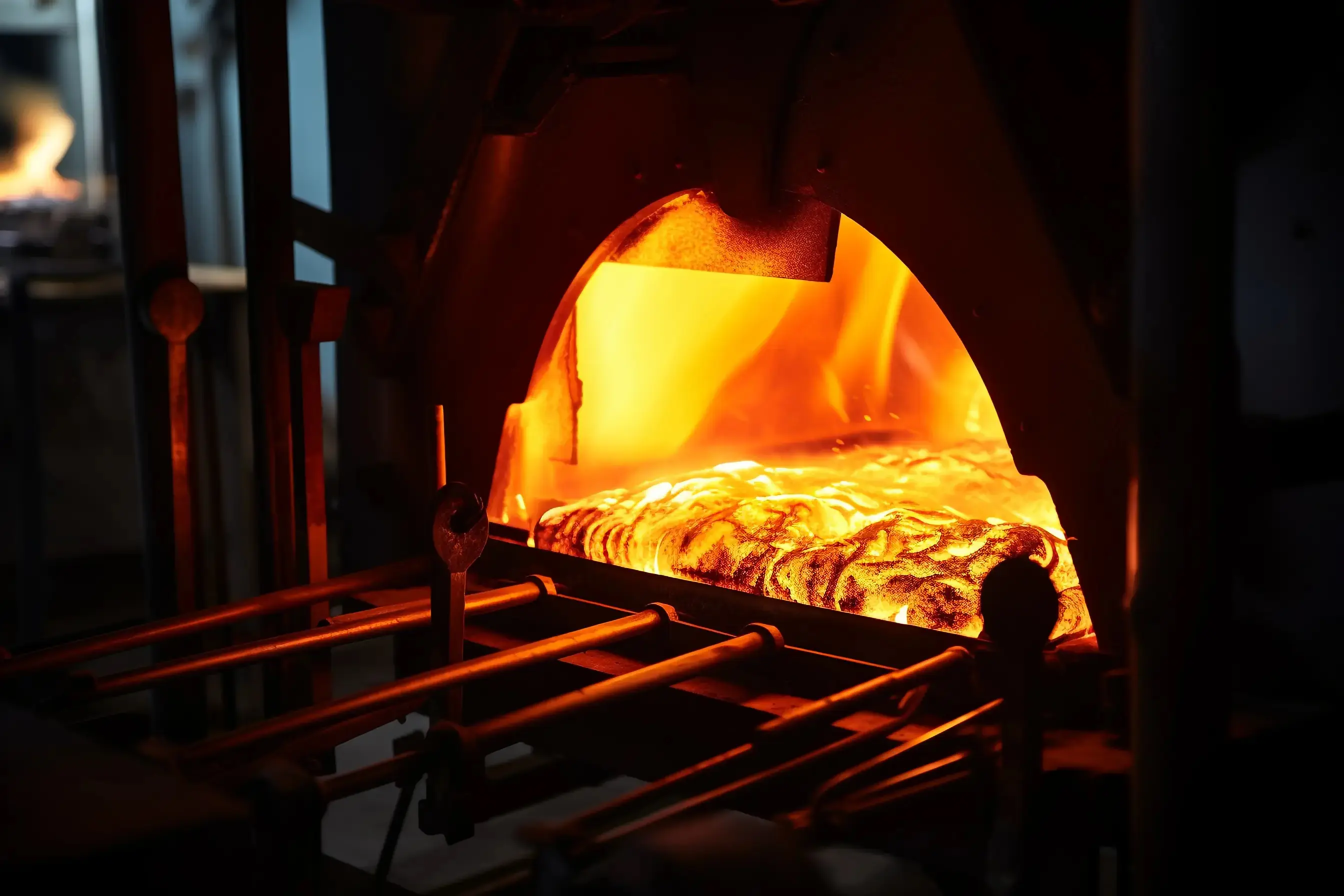
Conclusion:
Minimizing the content of hydrogen, oxygen, and nitrogen in steel is crucial for producing High-quality steel with superior mechanical properties. By implementing a combination of techniques, including vacuum degassing, alloy control, optimized deoxidation practices, and effective slag control, steelmakers can significantly reduce impurity levels and enhance the overall quality of their products.
Disclaimer: This information is provided for general knowledge and informational purposes only and does not constitute professional advice.
I hope this enhanced article effectively addresses the prompt and provides valuable insights into minimizing impurity levels in steel.
Why Choose SAIVS™ as Your Supplier?
1.Superb Quality Control Management
At SAIVS, we take pride in our perfect quality management systems and procedures, which guarantees the excellent performance of all our producs, being a professional Investment Casting | Die Casting| Sand Castingmanufacturer in China.
2.Rich Production Experience
With 20 years of experience in production, SAIVS has a deep understanding of the market and trends, and strives for continuous research and innovation. This has created advantages in both the product's performance and appearance.
3.Competitive Prices
As a Chinese factory committed to becoming the most cost-effective Investment Casting | Die Casting| Sand Castingexporter in China, SAIVS provides high-quality products at advantageous prices. By lowering costs and increasing efficiency, we ensure that our customers receive the best possible value for their investment.
4.Perfect After-sales Service
At SAIVS, we strive to provide superior customer service that meets and exceeds expectations. We are always available for any questions or concerns you may have, and we stand by our commitment to providing excellent after-sales support.
Related Posts
-
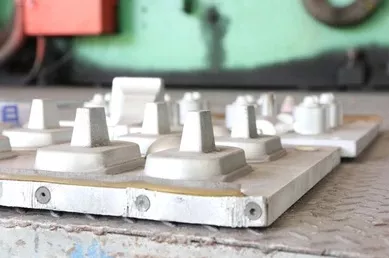
An Overview Of Green Sand Casting
Introducing Green Sand CastingCasting metals in foundries as a mold is done with green sand, a material that is a compound mixture of sand and cement. It is kno...
-
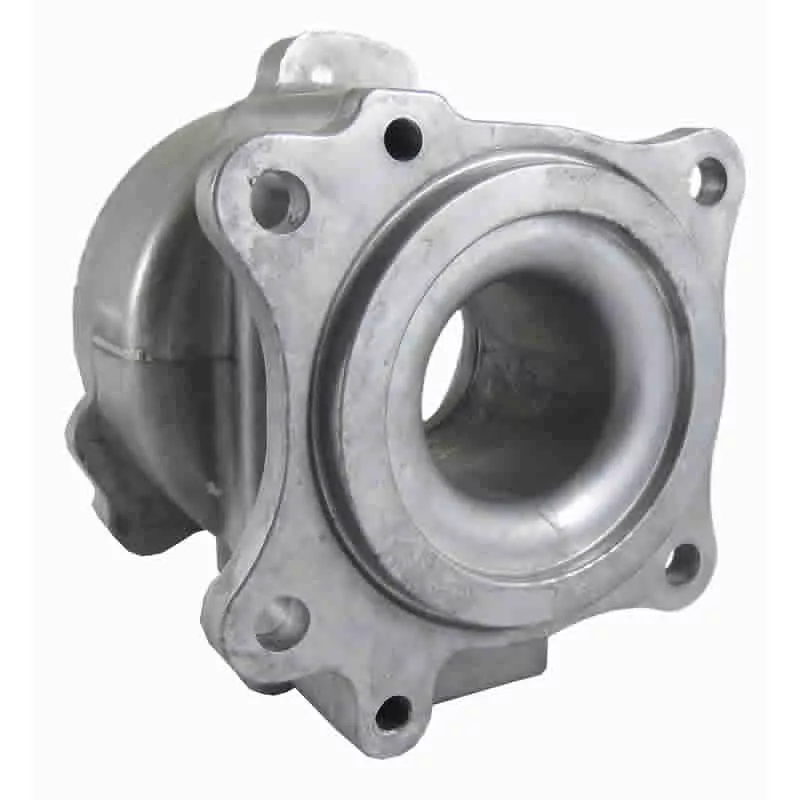
Gravity Casting of Metals
Gravity Casting Solves Sand Holes Theoretical Principle 1:Porosity and oxidation inclusion are produced by die casting because of the high injection speed. The ...
-

A Comprehensive Guide to Customized Food Machinery Parts: Manufacturers, Suppliers, and Prices
People are often interested in a variety of parameters and information when searching for Food Machinery Parts that are customized, factory-made, and available ...
-

Safeguarding Product Reliability: Penetrant Testing and Ultrasonic Flaw Detection for Castings
This article delves into casting defects, their impact on product quality, and two key non-destructive testing methods: penetrant testing (PT) and ultrasonic fl...
-
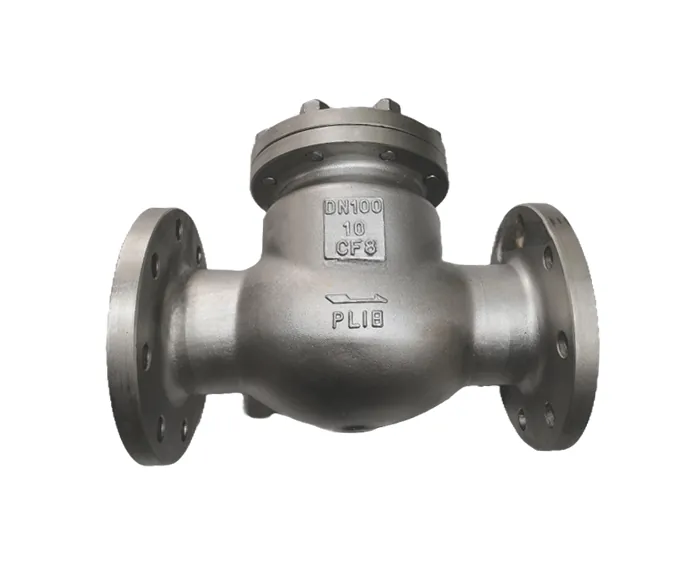
Unleashing the Power of Precision: CF8 Investment Casting for Superior Valve Bodies
Dive into the world of investment casting. Explore crafting valve bodies with CF8 stainless steel, known for its corrosion resistance.
-
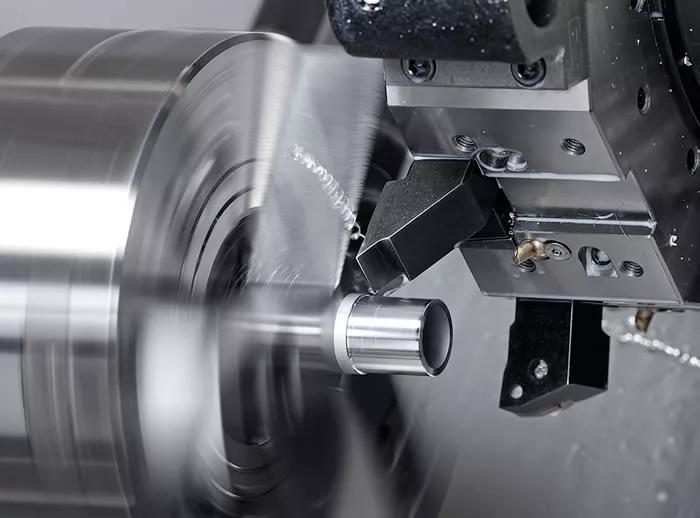
The Benefits of Using CNC Machining in Manufacturing
CNC machining is a process used to create high-precision metal components in various industries. In this article, we will explore the benefits of using CNC mach...

